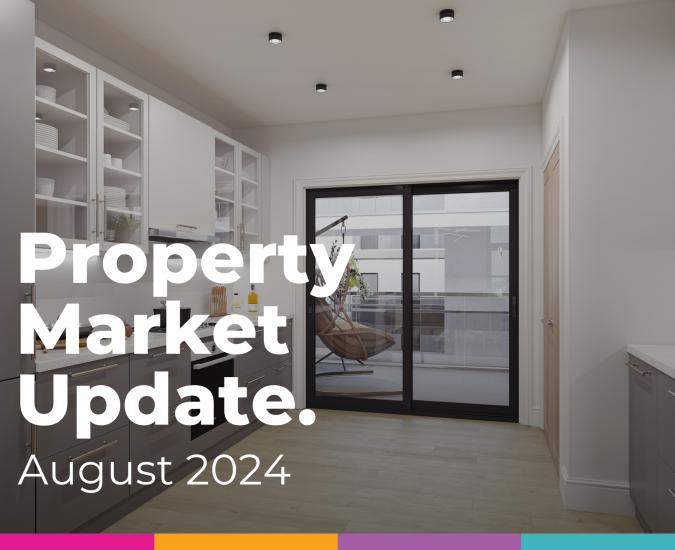The Essential Guide On Bridging Loans
Last updated 6th September 2018 • JaeVee Marketing • JaeVee
The world of bridging finance and bridging loans is one that comes with a sea of varied and conflicting information which can leave you overwhelmed.
Here is our essential guide on bridging finance to help you understand the returns that can be generated by leveraging it.
What is a bridging loan?
A bridging loan is a short term loan which is used as a temporary loan until a more permanent finance can be secured.
For example if you want to do a property up by adding value to sell for a profit, most property developers would use a bridging loan.
This is because 70% of the purchase price is likely to be covered by the bridging loan, therefore meaning as the property developer you only need to put in 30% cash towards the purchase price plus stamp duty, legals, insurance, refurbishment costs and interest expenses.
When the majority of the cost is covered by a bridging loan, it means the returns on capital invested to the property developer should be higher (as long as the planned exit is achieved).
What are the uses of a bridging loan?
There are many uses of a bridging loan but the main one is to finance property development. It could be used to purchase and renovate a property, or buy a property at auction.
What types of bridging loans can you get?
There are two main types of bridging loan, open and closed.
Open bridging loans are more flexible and do not have a fixed exit date, but normally it is completed within 12 months.
Closed bridging loans have a fixed exit date in place and are normally used if the sale of an existing property is near completion with fixed contracts in placed.
Additional costs
Due to the short term nature of a bridging loan they tend to have a higher interest cost than your traditional buy to let or commercial mortgage product.
The cost of the monthly interest will either be deducted upfront or rolled up (added to the loan).
Ultimately, the deciding factor is the purchase price you pay for it and the loan amount required.
There will also be both an arrangement and exit fee of the loan, as well as admin costs.
The lender will normally want to be able to see your repayment strategy and it is advisable to have a back up plan in the event your exit plan falls through as they will want to be able to see you can still pay the loan back.
Many experts argue that a bridging loan is not an everyday finance option and should not be your first port of call.
It pays to be diligent and explore other finance options before making a decision. JaeVee’s in-house finance broker is able to assist should you wish to explore your finance options.
For more property investment information, look at our visit our blog.




